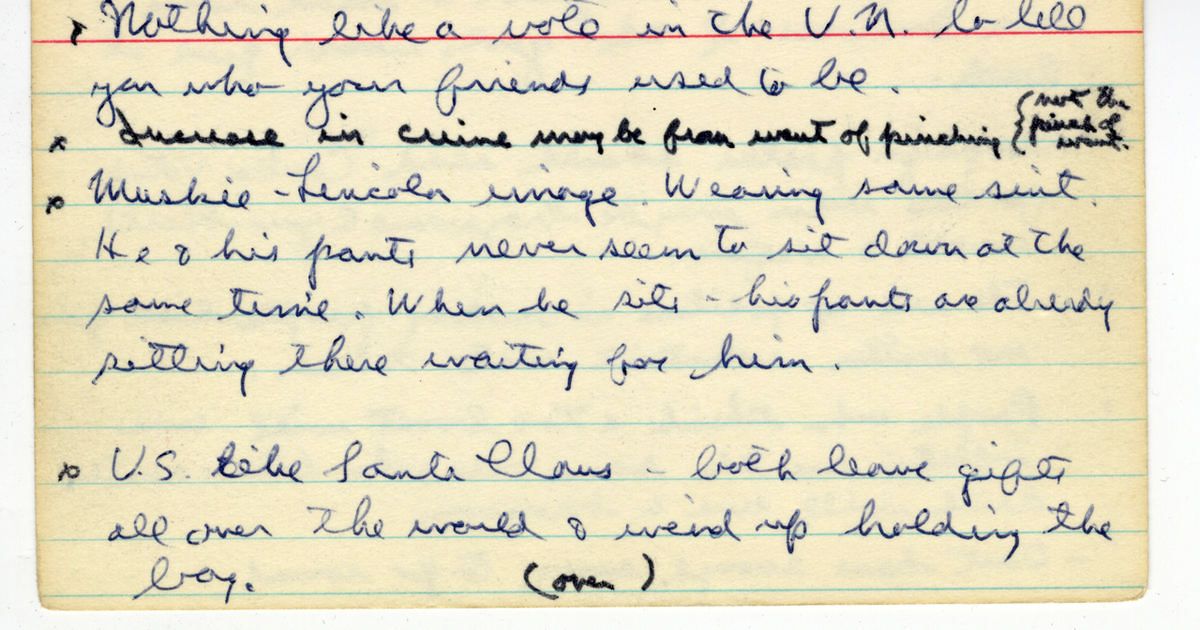Little Known Productivity Superpower: Commonplace Book

I've been reading books for 30 years and been doing it WRONG!
Maybe you've done it wrong too. Let me explain.
I grew to love reading (after hating it in school), by reading topics that interest me or wish to learn about. I don't read a ton of books, but usually make it through 10-15 books per year.
And until recently I was proud of my reading habit. Most people read for entertainment or not at all. So I felt pretty good about my consistent reading habits. At least until watching this video by Ryan Holiday.
You may have heard of Ryan, he is a 12 time best-selling author. And after watching his video there was a ego crushing revelation, I am reading books WRONG! ALL THIS TIME.
What Ryan reveals in his video "how to read like a pro" is an ancient practice of collecting and storing information called a "Commonplace Book".
Similar to the digital swipe file used by marketing professionals, it refers to a system of compiling knowledge and information.
It was taught at Oxford University in the 17th century and used by many influential people including former US Presidents Thomas Jefferson and Ronald Reagan.

HOW TO START A COMMONPLACE BOOK
The practice is a means of systematically capturing and categorizing information to be utilized later. If you are like me, you may take notes in a notebook while reading, and then later place the book and notebook on a shelf to be soon forgotten.
But now by keeping a Commonplace Book, I have a powerful system to capture and categorize information that I consume and a simple way to draw upon it as needed. It is like building a second brain.
The good news is starting a Commonplace Book is simple, flexible and very inexpensive to do.
You can start with just a pen, index cards and a shoebox. Or you can get a little fancy and use what I do, index card storage box and multiple color index cards which makes the file system easier for indexing and categorizing.
Enjoying this article? Sign up to receive The Art of Intention. A weekly collection of best tips, tricks and hacks on productivity and getting stuff done.
TIPS TO GETTING THE MOST FROM YOUR COMMONPLACE BOOK
Whether your looking to build the material for your first book, a speaker collecting anecdotes and stories for speeches or even a Pastor trying to organize your growing collection of sermons.
The system is extremely flexible and adaptable to meet your needs, so find what works for you. Here are 3 practical tips that you might find helpful.
Use 4 x6 multi-colored index cards, not 3 x 5 white ones. The larger size gives space for notes and colors make categorizing cards simpler.
I use 5 different colors: Green for Quotes, Orange for Research, Blue for Ideas, Red for Stories (including jokes, anecdotes) and Yellow for Note Taking (listening to podcasts, talks, videos)
Build a system and habit that works for you. (Hint: keep a small amount of index cards with you all the time.)
In order to get the greatest benefit of this system it needs to become a daily habit. Have a system of not only WHAT you write on your cards, but HOW*.
Obviously, I keep cards at my desk for when I am researching topics. But I also keep them on my end table where I read and in my car where I often listen to podcasts and sermons.
And I use the top line for TOPIC(s) and use this to index the cards. I use the right corner for the DATE I wrote the card. And then I break up the card into 2 parts. Middle of the card is the SOURCE information, the actual info I want to remember along with where it came from. And then finally the lower part and somestimes back is reserved for my NOTES about it, why I captured it or how it made me think or feel.
*See below for an example of how I write out my cards.

Have a second card box that can be designated for special projects.
As you continue to build your Commonplace Book (box), you will find certain topics or themes emerge. For example, you may find that you have lots of cards about investing, woodworking or cooking.
With this realization, you can move this topic to its own seperate box with more specific categorization, such as chapters for a book, series of lessons for a teaching or steps to complete a new project.
Not sure if this daily practice will revolutionize your life like it did mine, but it will definitely help you become more productive.
And finally learn to read books the right way. Thanks Ryan Holiday.
- Jason Dillingham, Curator of The Art of Intention, (c) 2023
"Don't just Be productive, Be intentional."
Member discussion